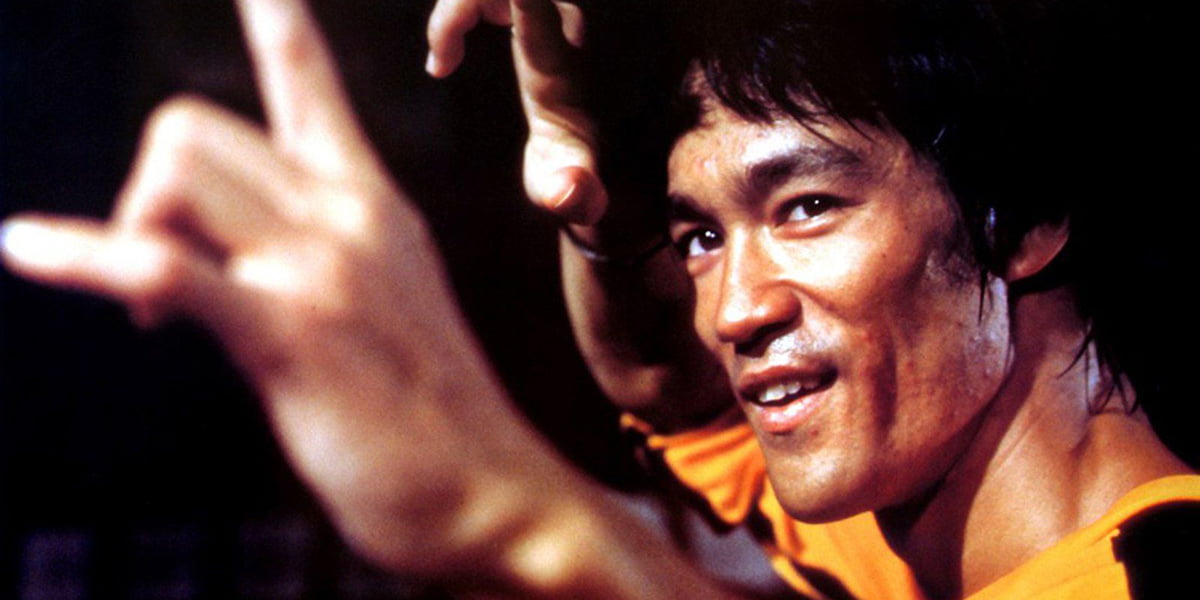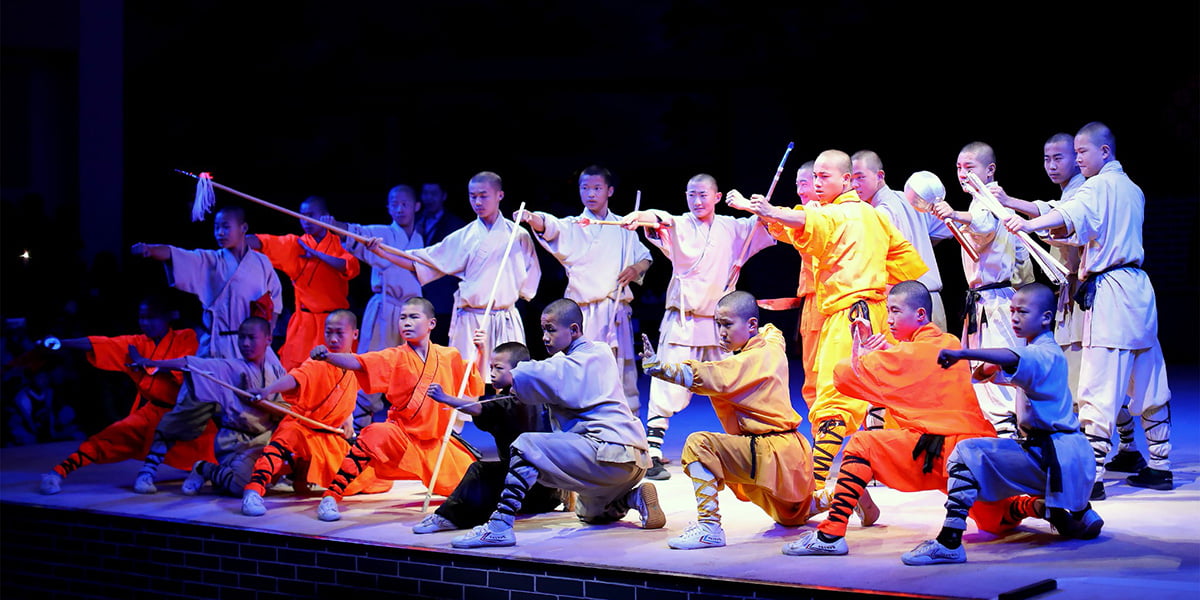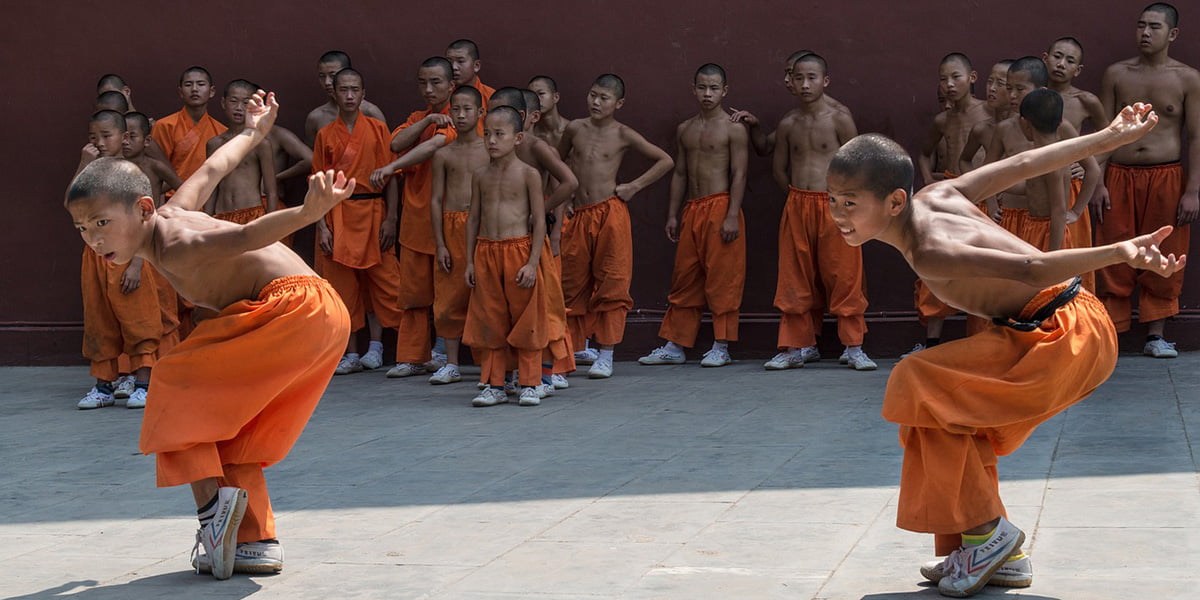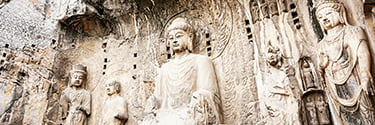Mahjong: A Journey Through China’s Historic Game and Its Cities
When the chattering of tiles echoes through the narrow lanes of ancient Chinese cities, it’s a clear sign that a game of Mahjong is underway. Beyond just being a game, Mahjong encapsulates the heart of Chinese culture, its rich history, and the vibrant spirit of its people. And for travelers seeking a deeper connection with China, tracing the roots of Mahjong across its cities offers a journey like no other.
For the modern traveler, a journey through China isn’t just about the magnificent Great Wall or the serene landscapes of Guilin. It’s also about the bustling Mahjong parlors in its cities, each with its own unique touch to the game.
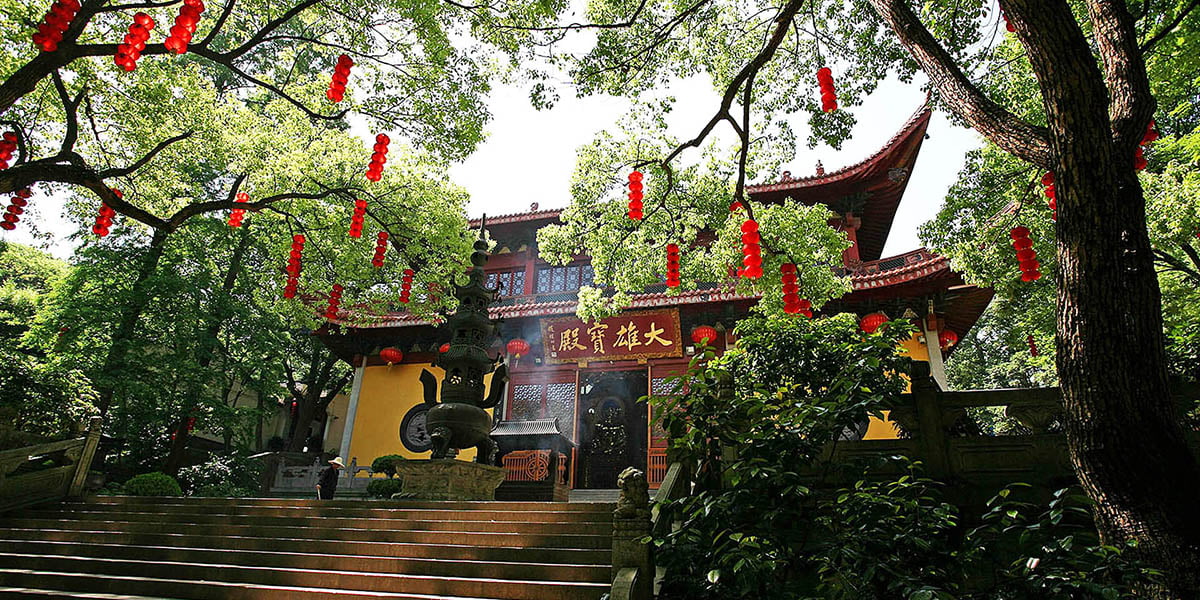
The Timeless Tale of Mahjong
Mahjong’s origins are deeply intertwined with Chinese history. The game, which dates back to the Qing Dynasty, has been a staple in Chinese households for centuries. This tile-based game, with its intricate designs showcasing the Circle, Bamboo, and Character sets, tells stories of ancient myths, Chinese philosophy, and classical literature.
Throughout its existence, Mahjong has not merely been about recreation. It’s been a social adhesive, a way to bond, communicate, and sometimes even resolve minor disputes in communities. It symbolizes the harmonious nature of Chinese culture and its emphasis on relationships and unity.

Rules and Objective of Mahjong
Mahjong, often likened to Western rummy, is a game of skill, strategy, and calculation, but it also incorporates an element of chance. It’s played with a set of 144 tiles based on Chinese characters and symbols. Though there are numerous regional variations, the basic rules and the game’s objective remain fundamentally consistent.
The primary goal of the game is for players to complete a “hand” with tile combinations. These combinations can be chows (a sequence of three consecutive tiles of the same suit), pungs (three identical tiles), or kongs (four identical tiles). A standard hand also contains a pair of identical tiles.
The game begins with all players receiving a set of 13 tiles. Players draw and discard tiles until they can complete a legal hand, using the 14th drawn tile to form four groups and a pair. The first player to achieve this goal shouts “Mahjong” to announce their victory. It’s crucial not only to focus on completing one’s hand but also to keep an eye on opponents’ moves, anticipate their strategies, and adapt accordingly.
Throughout the game, strategy plays a pivotal role. Players must decide which tiles to retain, which to discard, and when to form specific combinations. Decisions made on each turn can influence the outcome of the game.
In summary, Mahjong is not just a game of luck. Skill and strategy, combined with a deep understanding of the rules and a keen sense of observation, are essential to master this captivating Chinese game.

The Social Fabric of Mahjong and Travel
Travel is about immersion, about understanding the heartbeat of a place. And in China, Mahjong is a significant part of that heartbeat. Every tile shuffled, every game played, reveals stories of families, friendships, and the community’s essence. When you sit down for a game, whether it’s in a lavish parlor in Shanghai or an old teahouse in Chengdu, you’re not just playing; you’re connecting, engaging, and becoming a part of a narrative that’s been ongoing for centuries.
Moreover, as you travel, you’ll notice the regional nuances in gameplay, tile designs, and rules, reflecting the diverse cultural tapestry of China. Much like dialects change and cuisines vary from one city to another, so does the game of Mahjong.
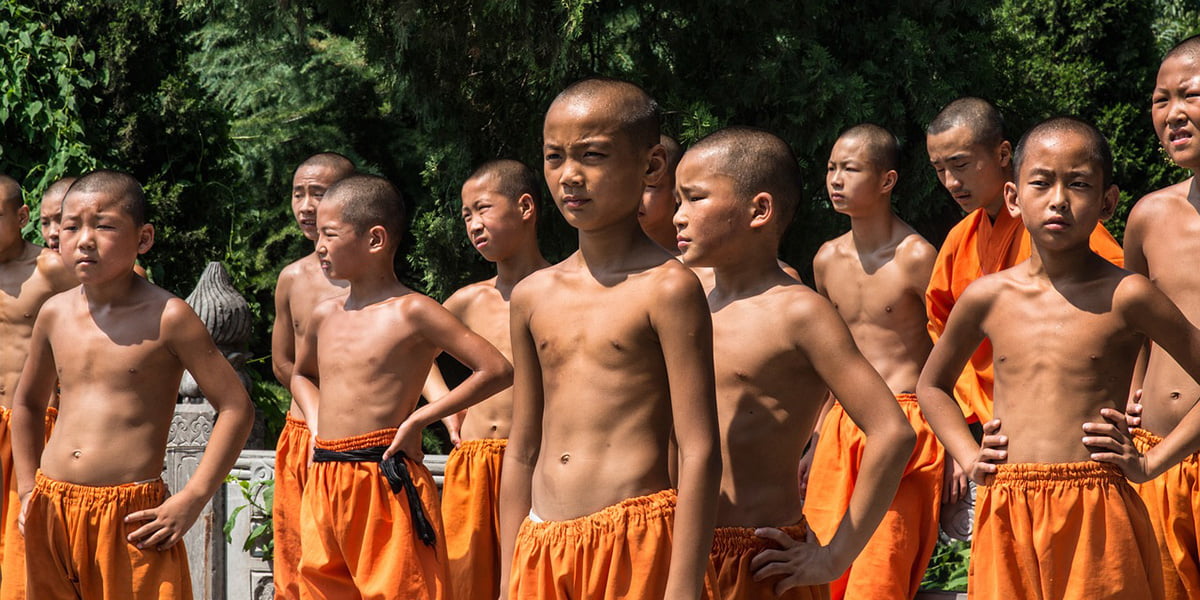
Conclusion: Why Mahjong Matters in Your Chinese Travel Adventure
China’s allure lies in its ability to blend the ancient with the modern seamlessly. And Mahjong stands as a testament to this. It’s not just about winning or losing; it’s about understanding the depth of Chinese culture, the values it cherishes, and the history it’s built upon.
So, as you chart out your journey across China, let Mahjong guide you. Seek out those hidden alleys where games are played under the canopy of ancient trees. Engage with the locals over a friendly match in a teahouse. Let the tiles tell you stories of emperors, commoners, myths, and legends.
Travel in China offers a panorama of breathtaking landscapes, historic monuments, and vibrant cities. But if you’re looking to truly resonate with the nation’s pulse, a game of Mahjong might just be your bridge into the heart of Chinese culture.
Pack your bags, keep an open heart, and perhaps, even bring along a Mahjong set. For in the dance of tiles and the tales they tell, you’ll find the soul of China. Safe travels!
